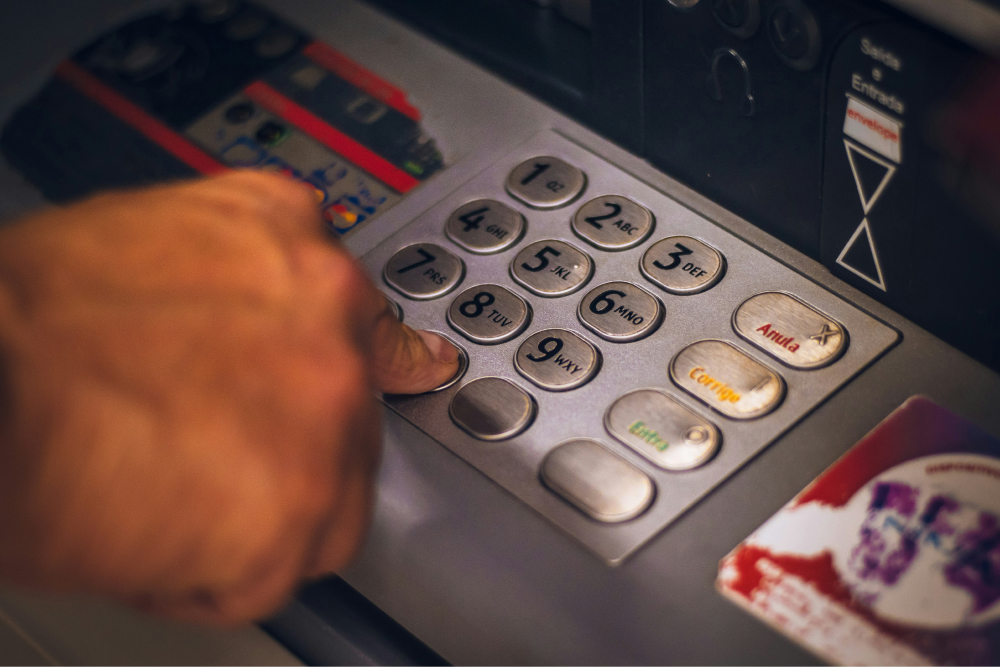Understanding the Value Added Tax (VAT) threshold in the UK is crucial for businesses of all sizes. However, it’s not uncommon for business owners to find themselves in a situation where they’ve inadvertently exceeded this limit. If you’re saying to yourself, “I didn’t realise I went over the VAT threshold,” don’t worry. This comprehensive guide is designed to help you understand what steps to take next, how to deal with potential income tax arrears, and the implications for other financial aspects such as child benefit.
Introduction to VAT Threshold in the UK
The VAT threshold is a critical figure for UK businesses. It represents the maximum amount of taxable turnover a business can have before it needs to register for VAT. As of my last update, the threshold stands at £85,000 over a 12-month rolling period. It’s essential for business owners to monitor their turnover closely to ensure they don’t inadvertently exceed this limit. However, if you find yourself in a situation where you’ve surpassed the threshold without realising, there are steps you can take to rectify the situation.
Contend: Your AI-Powered Legal Guide
At Contend, we understand that navigating VAT regulations can be daunting, especially when you find yourself in uncharted territory. Our AI legal experts are here to provide guidance and support, making legal advice accessible and understandable for every business owner in the UK.
Recognising the Problem
The first step in addressing the issue is recognising that you’ve exceeded the VAT threshold. This might come as a surprise, especially for businesses experiencing rapid growth or those with fluctuating income levels. It’s crucial to regularly review your turnover, ideally monthly, to ensure you’re aware of your VAT registration obligations.
Dealing with Income Tax Arrears
Exceeding the VAT threshold can also have implications for your income tax. If you’ve been underpaying tax due to unreported VAT, you may find yourself with income tax arrears. It’s important to address these arrears promptly to avoid penalties and interest charges. Here are some steps to consider:
- Calculate the Amount Owed: Determine how much VAT should have been paid during the period you were over the threshold.
- Contact HMRC: Communicate with HM Revenue and Customs (HMRC) as soon as possible. They can provide guidance on how to proceed and may offer arrangements to pay the arrears over time.
- Seek Professional Advice: Consider consulting with a tax professional or using Contend’s AI legal experts to navigate the process and ensure you’re taking the correct steps.

Check if a Change Affects Your Child Benefit
For business owners with children, it’s also vital to consider how exceeding the VAT threshold might impact your child benefit. An increase in income could potentially affect your eligibility or the amount you’re entitled to receive. Here’s what you need to know:
- High-Income Child Benefit Charge: If your income exceeds £50,000, you may be subject to the High-Income Child Benefit Charge, which reduces the benefit you’re entitled to.
- Review Your Situation: If your income has increased due to exceeding the VAT threshold, review your child benefit status to ensure you’re compliant with the regulations.
Solutions and Recommendations
If you’ve exceeded the VAT threshold, here are some practical steps to take:
- Register for VAT: You must register for VAT with HMRC within 30 days of your business turnover exceeding the threshold.
- Backdate VAT Payments: You may need to backdate your VAT payments to the date you exceeded the threshold. This can involve recalculating your prices and invoices to include VAT.
- Adjust Your Accounting Processes: Implement accounting software or processes that allow you to monitor your turnover closely and manage VAT effectively.
Conclusion: Taking Proactive Steps
Exceeding the VAT threshold without realising can be a stressful experience, but it’s a situation that can be managed with the right approach. By recognising the problem, addressing any income tax arrears, and understanding the implications for other financial aspects such as child benefit, you can navigate this challenge effectively.
How Contend Can Help
At Contend, we’re committed to providing easy and accessible legal guidance for UK business owners. Our AI legal experts can help you understand your VAT obligations, deal with income tax arrears, and ensure you’re compliant with all relevant regulations. Chat now with one of our legal experts to get clear, trustworthy advice tailored to your situation.
Remember, the key to managing VAT and tax obligations is staying informed and proactive. With the right tools and guidance, you can navigate these challenges successfully and focus on growing your business.
